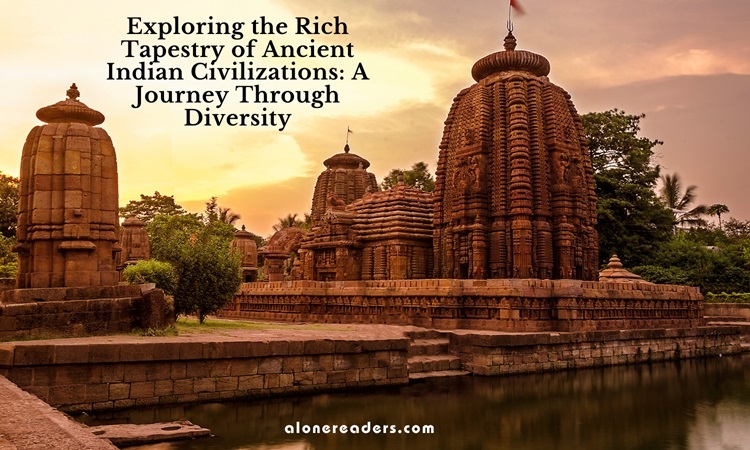
Ancient India, known for its vibrant colors of cultural, religious, and scientific achievements, stands as a testament to human diversity and intellectual prowess. This article delves into the myriad aspects of Indian civilizations, tracing their origins, evolution, and contributions that continue to influence the modern world.
Harappan Culture: The Urban Pioneers
The roots of Indian civilization stretch back to the Indus Valley Civilization (IVC), around 3300 BCE. This Bronze Age culture, also known as the Harappan Civilization, is renowned for its advanced urban planning, which included grid-patterned streets, sophisticated drainage systems, and impressive architecture. The IVC was notable for its non-hierarchical social structure, a rarity in ancient times, which suggests a society based on collective progress rather than individual power.
Rigveda: The Oldest Scripture
Following the decline of the IVC, the Vedic period (1500–500 BCE) heralded a significant transformation. The Rigveda, one of the oldest known religious texts, was composed during this era, laying the foundational beliefs of Hinduism. This period was marked by the rise of Sanskrit, the development of the caste system, and the beginnings of philosophical thought that would later crystallize into various schools of Hindu philosophy.
Ashoka: The Enlightened Ruler
The Mauryan Empire (322–185 BCE), founded by Chandragupta Maurya and reaching its zenith under Ashoka, was a pivotal chapter in Indian history. Ashoka's reign was marked by a unique blend of military prowess and Buddhist principles of compassion. His edicts, inscribed on pillars and rocks across the subcontinent, reflect a governance model based on moral and ethical principles, a rare phenomenon in ancient empires.
Flourishing of Arts and Sciences
Often referred to as the "Golden Age" of India, the Gupta Dynasty (320–550 CE) witnessed unprecedented advancements in science, mathematics, astronomy, literature, and art. Aryabhata, the great mathematician and astronomer, and Kalidasa, the celebrated playwright and poet, were prominent figures of this era. The concept of zero, decimal system, and significant surgical advancements were among the remarkable contributions of this period.
Influence of Trade and Migration
The diversity of ancient Indian civilization was further enriched by the continuous influx of different cultures through trade routes and migrations. This interaction led to a syncretic culture where ideas from Greek, Persian, Central Asian, and later Islamic civilizations were assimilated, creating a unique tapestry of cultural and intellectual traditions.
The legacy of ancient Indian civilizations is a mosaic of diverse cultures, religions, and scientific advancements. From the urban sophistication of the Indus Valley to the philosophical depths of the Vedic era, from the enlightened governance of the Mauryans to the scientific and cultural zenith of the Gupta period, ancient India's contributions to the world are both profound and enduring. This rich heritage serves as a reminder of the diverse paths human civilizations can take and the remarkable achievements that can result from such plurality.